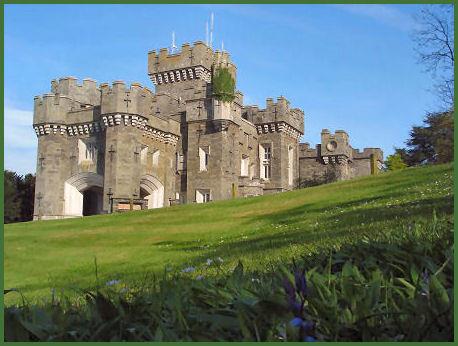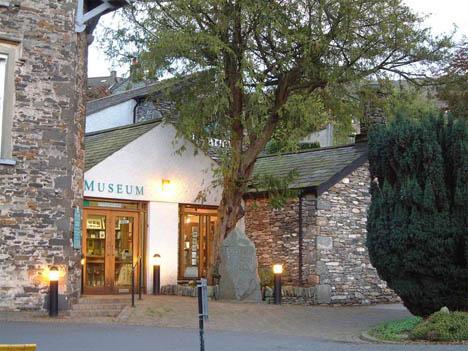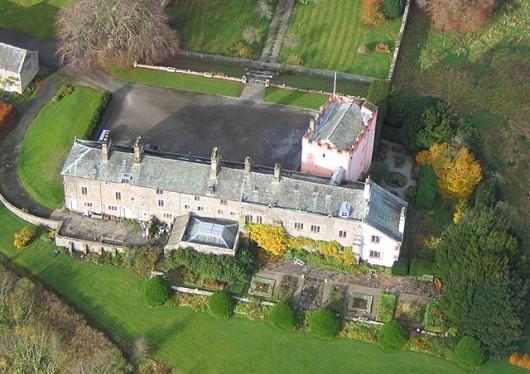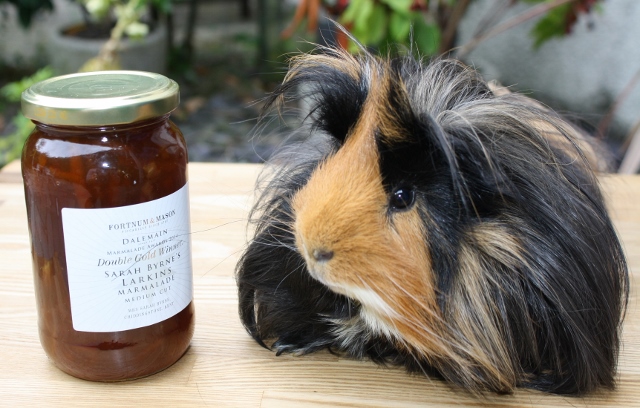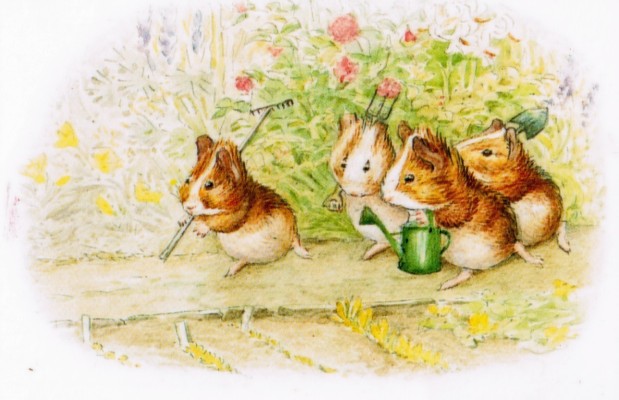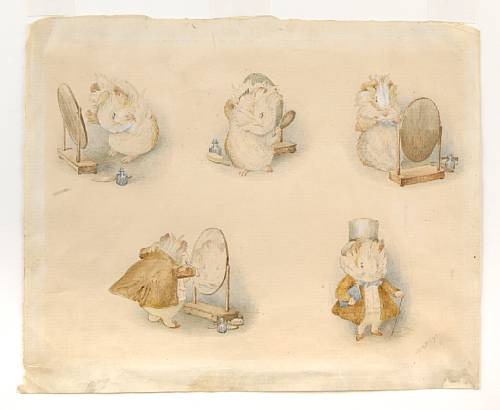Sadly, our last day in this wonderful part of the world and our usual rule of ‘not talking about going home’.
A full day planned with an early arrival at Wray Castle, a recent acquisition for the National Trust only this year in its third season of opening. Well, we say recent acquisition but the castle (which is in fact a Victorian mock castle) has been owned by the trust since 1923 and until three years ago had been tenanted out to various organisations. A biological laboratory firm, the YHA, a telecommunications company and most recently the Merchant Navy Training College have all called the castle home over recent decades and when the lease became available again in 2011 the National trust were unable to find any new tenants and as such, made the decision to open the castle to the public.
Built on the wealth of a Victorian gin and wine merchant company, the house was intended as a holiday home for Mr & Mrs Dawson. Mr Dawson was an eminent Liverpool Surgeon and Mrs Dawson the one with the wealth so it seems. Upon her father’s death, she inherited a vast fortune from his company, some of which was used to build the castle. Estimated at a cost of £60000-£70000 at the time of building, this translates into approximately £22 million today! No expense was spared and the mock medieval design is typically Victorian with impressive Gothic architecture and all the amenities any country estate worth its salt would boast including a fernery, kitchen garden, ice house and lake.
In its heyday the property played host to many great figures of the time including Millais, the Potter family (Beatrix celebrated her 16th birthday in the castle whilst on a summer break), Cannon Rawnsley (co-founder of the National Trust) and various MPs from Gladstone’s cabinet. The early documentation of the castle, and as such the evidence on which much of today’s thinking is based, has been derived from Beatrix Potter’s extensive journals, recorded during time she spent in the castle. This, along with her father’s photographs (he was a keen amateur photographer), provide an insight into the story of the castle, former residents and its interiors.
Today, there is evidence of the Merchant Navy’s impact around every corner. Rather bizarrely, many of the interiors represent those of a 1980’s office block with dormitories and mess areas to boot. The rooms are currently used as a mixture of children’s and family activities and small exhibitions tracing the life of the castle. It is the trusts intention to renovated the fabric of the castle, returning the structure as close to that of the original build as possible but this is as far as they intend to take it. Once complete, the rooms will be left unfurnished and a family themed approach will be maintained. The guide explained that there are enough National trust properties that are decorated and as such, it was important that this was left bear and accessible to all. Not sure we agree with that but then, who are we? A room full of giant foam building blocks for you to build your own castle or magnificent Victorian Gothic interiors….? We know which we would pick, there are always plenty of grounds to build castles in.
Following lunch in Ambleside, we made a short stop at the National Trusts smallest property, Bridge House. Built during the 16th Century as an apple store, the small house spanning the river has seen many uses over the years. The property, which has a single room downstairs and a single room upstairs was saved by the people of Ambleside in the 1920’s and given to the trust to protect for future generations.
Our second stop of the day, The Armitt Museum. Set up by the three Armitt sisters at the turn of the 20th century, the aim of the museum was to collect historically and social important documents pertaining to the local area, safe guard them for future generations and make them accessible to those who wished to view them, either for personal, educational or resource purposes.
Patrons and early benefactors include Beatrix Potter, her husband William Heelis and Ruskin to name but a few. The collection is very impressive containing the majority of Potters early botanical work and scientific studies in fungi. The museum is unique in that it is the only museum to house a collection of Beatrix Potter’s work that was gifted by her during her life time. There was also a temporary exhibition on Kurt Schwitters a German artist who made his name in Ambleside.
http://armitt.com/armitt_website/kurt-schwitters-armitt-museum-art-gallery-and-library/
It plotted his life and described how he had battled with his need to be creative and follow the path he believed was his calling with the day to day struggle of life on the bread line with a family at the turn of the century in rural Ambleside. Following his death, as is the case with so many artists, his work became very desirable.
Upstairs in the museum is a huge collection of antiquarian books which have been collected over time. The collection contains many first editions and early manuscripts hand annotated by their authors. Lots and lots of information to read and digest so we were very happy indeed!
Our last stop of the day was a few hours in the glorious sunshine explore the Lake District Wildlife Park. As it was towards the end of the day it was much quieter and we enjoyed working our way around the circuit of enclosures, speaking to the keepers and watching as the residents enjoyed feed time.

